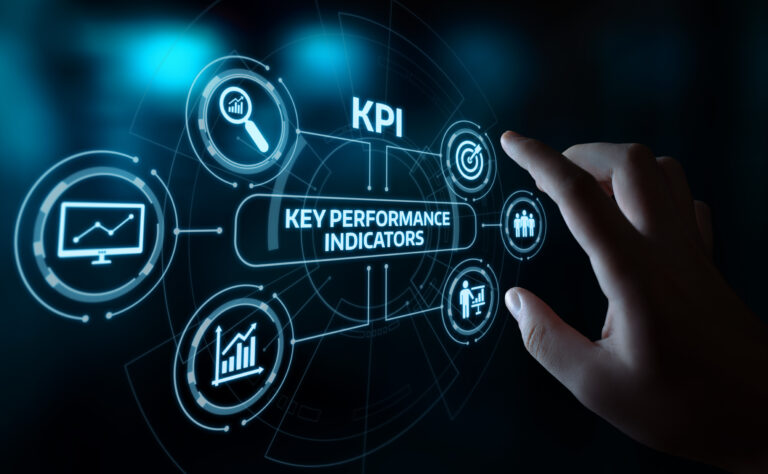Whereas returns on investment from digital commercials depend on your ad targeting strategies, higher organic reach and capacity to grow a loyal Facebook following depends substantially on the publication of creative, high-quality content. Yet chances are high that you’ll still be barely scratching the surface.
Facebook pages organic reach has been on a downward spiral for quite some time now; it dropped by 52% in 2016, and it currently stands at a meagre 16%. Facebook has witnessed a surge in the number of publications over the years, and the current record is 30 billion posts per month. To avoid overwhelming users with content while increasing engagement, Facebook’s algorithm ensures that everyone receives content that is tailored to their personal interests.
With more than 4 million entities purchasing ad content on Facebook so far, it is evident that many organizations have given up on organic reach and are actively paying for users to see their content. But just because everyone is doing it doesn’t mean it’s a good idea.
In the long-run, inorganic content is expensive, and it will influence you to hike prices to keep up with the financial burden of consistent advertising. To achieve sustainable growth, organic conversions and lead generation are desirable strategies because they are the more cost-efficient alternatives. Should you decide to also incorporate inorganic strategies alongside the organic ones, you’ll be able to minimize your campaign’s Cost Per Click.
But how do you grow your Facebook page’s organic reach and grow your audience with content? The answer lies in your willingness to publish high-value content on Facebook.
There are four types of high-value content and here’s everything you need to know about each one.
1. Feel-Good Content
The aim of these kinds of posts is to positively impact the mood of your users. Considering the pain and suffering that people regularly endure, especially about the hopelessness and anxiety associated with the novel Coronavirus outbreak, many users need good vibes to get through the day. Feel-good content is more likely to work if the material is relatable. Posts that include quotes or people that your core target segments identify with sell like hot cake. Any form of negativity, like an anti-semitic rant, will be rebuked rather than celebrated.
However, make sure you don’t overdo it by sticking to a consistent schedule. For instance, you could make sure up to 30% of your monthly posts fall under this category–unless this goes against your content goals.
2. Data-Intensive Content
Data posts generally deal with statistics, knowledge, and information. Such types of Facebook posts are especially critical to companies that want to establish themselves as professionals in their respective fields. Most of them, like the World Economic Forum, tend to use infographics as ways to make the posts much more fun to consume.
One of the best things about data posts is that they help you educate your core target segments and keep them coming back for more lessons. Who doesn’t want to drop an accurate fact about an economic issue in the middle of a conversation with their supervisors?
Data posts also save you from having to advertise your services all the time to your organic audience. You quickly gain public trust and can leverage traction to generate new leads and increase the rate of conversion. Besides, you sound more authentic when you don’t combine a data post with a sales pitch.
Much like feel-good content, do not overdo data content.
3. Business Posts
They are also commonly referred to as business proposals. There has to be a balance between highlighting your products and services and using an appropriate video or image–or you risk losing the attention of your organic users.
If you are going to use data, do not just make sure they are verifiable, but that they also support your business’ value proposition. A good case in point is how a restaurant can share an image of one of its most popular dishes and accompany the photo with a caption detailing the quality of consumer experience. If you are managing a real estate agency, it is always advisable to post photographs of either the houses you have already sold or the ones that are currently on the market.
With a consistent brand tone of voice, most of your organic audience will be convinced to purchase your services/products. And if they don’t, at least they still get to enjoy high-quality content and will keep coming back for more.
4. Value Promotion Content
These types of high-value Facebook posts are typically intended for harvesting user data like email addresses or phone numbers. Brands often offer free stuff in exchange for information from their organic audience.
For example, a company can provide free access to an informative blockchain webinar. But, here’s the catch: you have to sign up by confirming access to your email address. After a week or so, the organization uses these contact details to send you a newsletter, and then another infographic–perhaps until one day you subscribe to their channel or make a purchase.
In short, if you have any valuable materials or samples to give away, value promotions should be your go-to strategy. The more the discounts or giveaways, the bigger the buzz that these posts create among your core target segments. The Facebook post below is an excellent example of how to optimize value promotion posts on Facebook for good returns.
In short…
Facebook handles more than 30 billion posts every month, and not every user can consume all this content. Therefore, the company has rewired its algorithm to limit visibility by only showing users relevant content.
As a result, some companies have sought paid advertising as a solution, but it is too expensive in the long-run. By focusing on the four types of high-value content–data posts, feel-good posts, business proposal, and value proposition posts–, brands can gain more traction, generate additional leads, and increase conversion rates. They range from images to videos, and infographics, but the more visual and relatable, the better.




